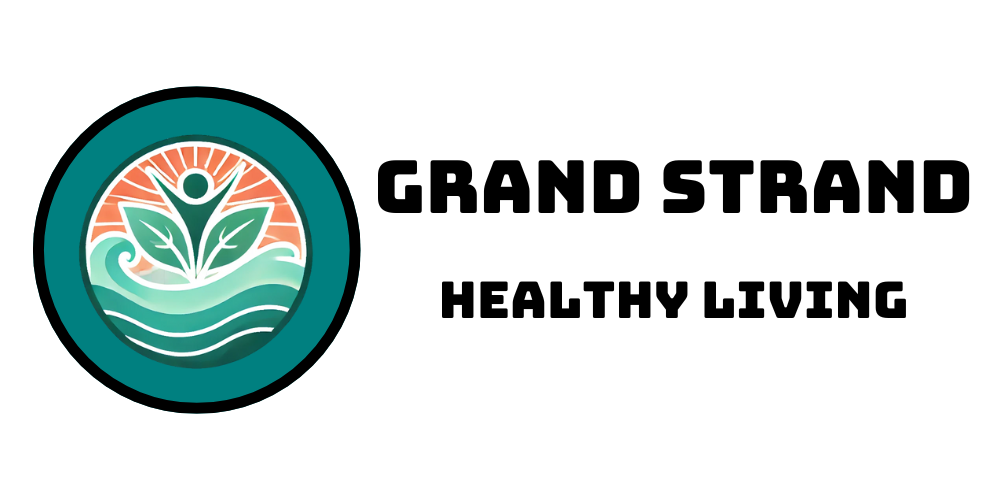
COVID-19's Unyielding Grip on Summer
As the days grow longer and summer activities ramp up, one might hope COVID-19 would be an afterthought. However, the reality tells a different story. Recent data shows a concerning rise in COVID-19 cases across the United States, signaling that the virus remains a formidable foe, even during warmer months.
What the Numbers Show
According to the CDC, cases are reported to be on the uptick in nine states and likely increasing in another 16. Though testing rates have dipped and the CDC’s rigorous tracking has been dialed back, current trends are supported by wastewater monitoring, hinting at a resurgence of COVID-19.
The Rising Tide of Emergency Visits
While COVID-19, flu, and RSV levels are still deemed low overall, emergency room visits due to COVID-19 have risen, accounting for 0.5% of visits as of mid-July 2023, compared to 0.3% earlier in the season. This increase might seem slight, but it serves as a bellwether indicating more severe cases are emerging, particularly among young children and older adults who are now showing increased visits. The resurgence is particularly pronounced in states like Texas, where infection rates have spiked.
Understanding the Summer Surge
Why the surge in summer, a time typically thought of as carefree? Unlike other respiratory diseases that predominantly rise in winter, COVID-19 has demonstrated a tendency to peak multiple times throughout the year, particularly in spring and summer. Factors contributing to this increase include travel, public gatherings, and the emergence of more transmissible variants like NB.1.8.1. These elements create a perfect storm for viral spread.
Vaccination Rates and Public Health Guidance
Adding to the concern is the slowing vaccination rate among the general public. While recommendations for yearly boosters continue for individuals over 65 and those with compromised immune systems, younger, otherwise healthy adults have been given more leeway in their vaccination decisions. Public health experts emphasize the importance of vaccination as a key defensive measure to prevent severe outcomes, urging residents in our coastal communities—from Myrtle Beach to Murrells Inlet—to stay informed and consider the benefits of vaccination seriously.
Local Perspectives: Elevate Your Knowledge
Residents of South Carolina's Grand Strand—covering areas from Atlantic Beach to Garden City—should remain proactive about their health this summer. Community health initiatives continue to stress the importance of preventative measures, including vaccinations and flu shots, especially as family gatherings and community events take center stage. With summer activities in full swing—from beach days at Cherry Grove to family outings in Pawleys Island—maintaining an awareness of health guidelines is crucial.
Looking Ahead: The Importance of Staying Informed
As we navigate this evolving situation, it's vital that individuals keep themselves informed not just about COVID-19 but also about flu season and other respiratory illnesses. As families make plans for vacation hotspots in North Myrtle Beach or enjoy summer barbecues in Surfside Beach, keeping a keen eye on health updates can foster a safer community for all.
In summation, while we enjoy the sunshine and warmth of summer, the rise in COVID-19 cases calls for vigilance and proactive health measures. Staying updated on health guidelines and remaining adaptable is key for everyone from Little River to Litchfield Beach.
Take Action: As you engage in your summer plans, consider checking with local health officials on the best practices for your family. Vaccination remains one of the strongest tools against severe illness, so explore options available to you and your loved ones.
 Add Row
Add Row  Add
Add 





Write A Comment